Energy Audits and Fireplaces: What You Should Know
Are you considering getting an energy audit? Organizations such as Mass Save can evaluate your home’s energy efficiency and provide suggestions and tools to make your home more energy efficient. Most homeowners don’t realize, if you move forward with home improvements such as replacement windows or better attic insulation, your chimney will most likely be affected. This makes sense, given the importance of your chimney to the overall system of your home. Today, we will review how an energy audit may affect your fireplace.
Looking for a Team of Chimney Experts?
Best Chimney Services is a full service chimney company serving the Greater Boston, MA area. From chimney inspections to chimney sweeps, masonry work and more, we are here to serve you. Don’t hesitate to click here or call (781) 893-6611 to contact us about your chimney questions or needs.
Now we will discuss the details of home energy audits and fireplaces.
What You Should Know About Home Energy Audits and Fireplaces
As a chimney owner, you know that your fireplace is adding value to your home. But you also want to be sure that it is not negatively impacting how your home works! That is why it’s important to understand how an energy audit may affect your fireplace.
Energy Audit Home Improvements
Energy audits are designed to help people identify areas of their home where warm air is escaping in the winter and cold air is escaping in the summer. Many people make home improvements such as getting replacement windows, re-insulating their attics, installing new entry doors, or getting new kitchen exhaust fans after getting advice to do so from an energy audit. While these home improvements can be excellent ways to save on energy bills, they will impact air pressure within the home.
Air naturally flows from high pressure zones to low pressure zones. In older, draftier houses with traditional fireplaces, drafting tends to work well because the chimney is located through the middle of the home (opposed to an exterior wall), affecting the flue temperature, and therefore, draft . This causes the smoke to escape through the chimney and create a healthy draft in the process. According to Star Energy Partners, homes built after the year 2000 use about 20 percent less energy to heat their internal space. Thes modern, energy efficient houses have low pressure as a result of being tightly sealed. As a result of this, the lower pressure air depressurizes the room, creating a downdraft.
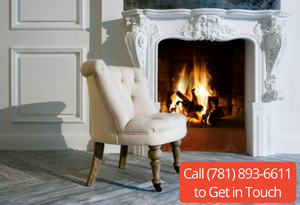 Potential Solutions
Potential Solutions
There are many reasons why a fireplace or heating system will suddenly stop drafting, but knowing what energy efficient updates were made can help produce a solution. From providing make-up air, raising the chimney, installing an insert or mechanical draft inducer, there are several solutions that a chimney company can provide if you are facing drafting issues after making an energy efficient home improvement. By the way, if you are looking to hire a chimney company, be sure to hire a CSIA certified technician to ensure you receive services that you can trust from highly trained professionals.
Contact Us with Your Boston, MA Area Chimney Needs
If you are experiencing downdrating or other chimney smoke problems, Boston’s Best Chimney is here to help you. If you have questions on how a recent energy audit may have impacted your fireplace, or if you are experiencing drafting issues, feel free to contact our team for more information. With over twenty years of experience, we are ready to help you with your chimney needs!
The post Energy Audits and Fireplaces: What You Should Know appeared first on Boston's Best Chimney.
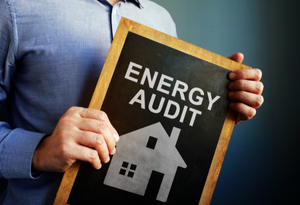
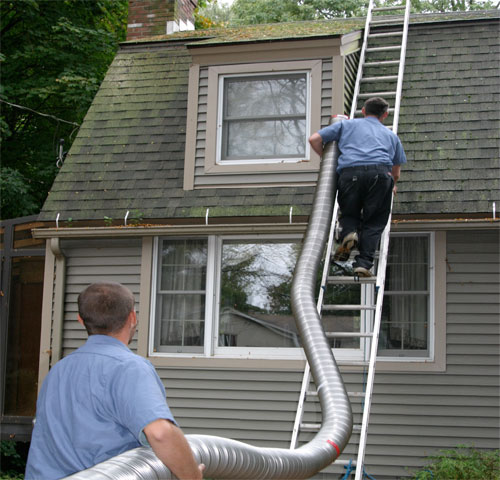
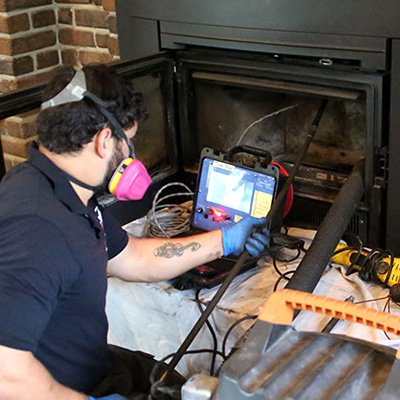




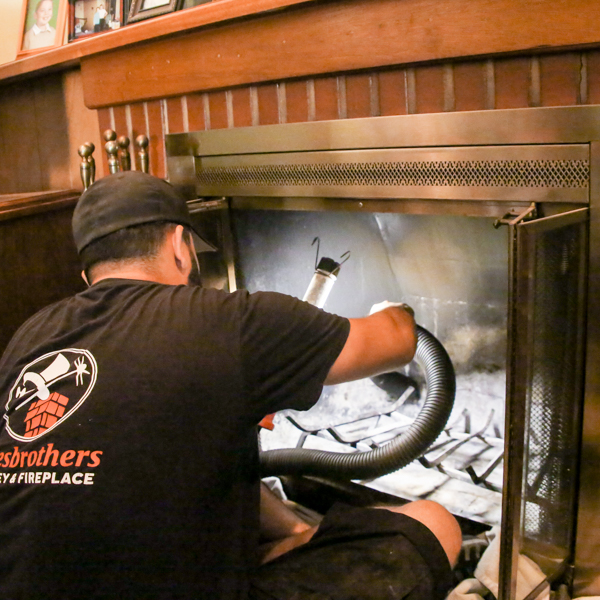
 Contact Fluesbrothers Chimney & Fireplace
Contact Fluesbrothers Chimney & Fireplace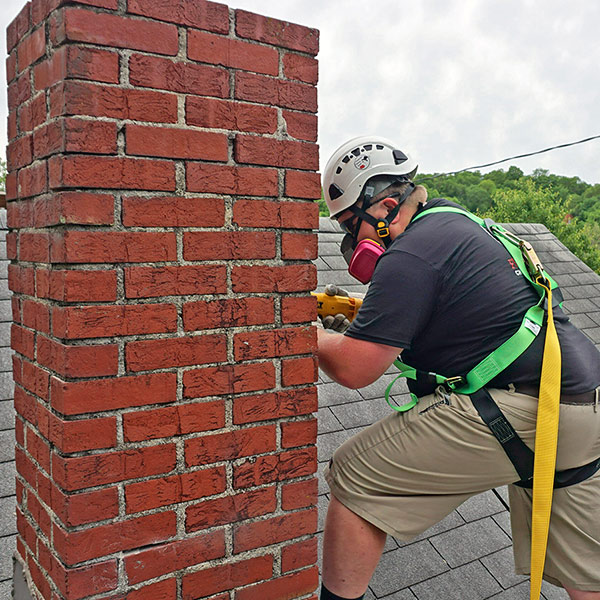 A clean and properly maintained chimney should never have fiery sparks popping out of its top. Unfortunately, not
A clean and properly maintained chimney should never have fiery sparks popping out of its top. Unfortunately, not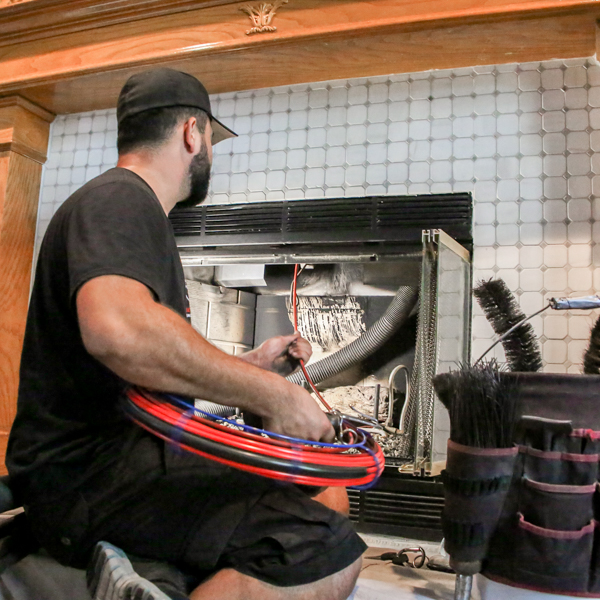 How professional chimney sweeps deal with the problem
How professional chimney sweeps deal with the problem